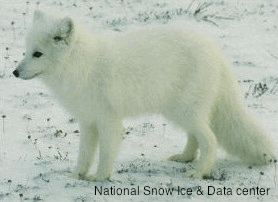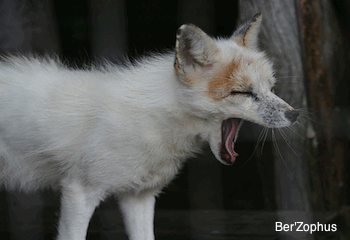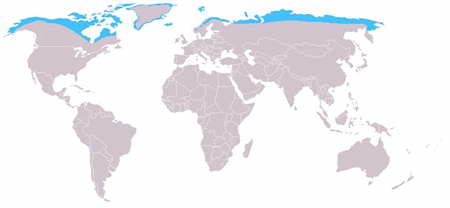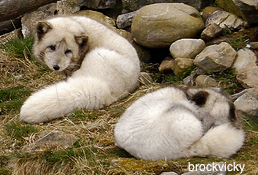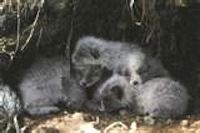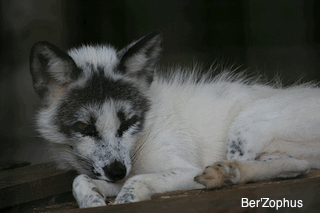|
Arctic Fox the Beautiful Polar Resident with Stethoscopic Hearing!
Roaming the frozen Northern Tundra the Arctic Fox is very much at home. Also known as the Polar Fox, Snow Fox or White Fox this cold climate resident is well suited to his Polar habitat. The fox is well insulated against the extreme cold climate with an excellent layer of fur and an inner covering of body fat. His fur coat also protects him by keeping him camouflaged from both natural and human predators by changing colour with the seasons. From pure white during the winter to a mix of browns when summer rolls around.
Another neat feature is their ability to walk on ice. They have thick fur on the bottom of their paws which insulates from the cold but also provides traction on ice covered surfaces and frozen lakes and sea.
World populations of this species are stable on the whole but, some areas have had significant reductions in numbers such as the Scandinavian countries and portions of Russia. In many areas where the fox depends on the lemming for food supply, their population numbers can be greatly affected by how well or how poorly the lemming population are doing. When a litter of whelps are born a male fox will need anywhere from 15 to 100 lemmings per day to feed his new family. This of course depends upon the number and age of the whelps.
Arctic fox have the largest litters of any wild mammal in the world averaging 11 whelps and sometimes close to double that number. At birth the whelps are helpless and blind and the female has to stay with them continually for about 5 to 6 weeks until they are weaned. During this time the male will hunt and bring all the food to the den but after the young ones are weaned the female will hunt as well. Their main food are lemmings and during the time the whelps are in the den the family can consume up to 4000 lemmings. Incredible!
Today fox fur is still valuable but are trapped mostly by native hunters, this provides a much needed source of income for the trappers. An example of this is Banks Island in the Northwest Territories where at the north end of the island you will find the beautiful Aulavik National Park. It is home to a community of approximately 120 native people who live in Sachs Harbour on the Southwest tip of the Island. This is a very active area for hunting, fishing and trapping and is one of the areas where trapping of Snow Fox is actively pursued.
Return from Fox to Home Page
|
